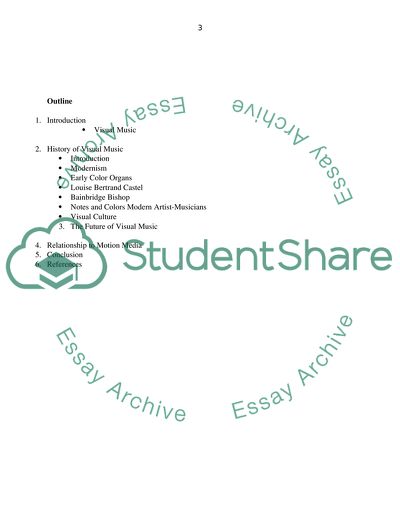Cite this document
(Visual Music Case Study Example | Topics and Well Written Essays - 2500 words, n.d.)
Visual Music Case Study Example | Topics and Well Written Essays - 2500 words. https://studentshare.org/visual-arts-film-studies/1842443-visual-music
Visual Music Case Study Example | Topics and Well Written Essays - 2500 words. https://studentshare.org/visual-arts-film-studies/1842443-visual-music
(Visual Music Case Study Example | Topics and Well Written Essays - 2500 Words)
Visual Music Case Study Example | Topics and Well Written Essays - 2500 Words. https://studentshare.org/visual-arts-film-studies/1842443-visual-music.
Visual Music Case Study Example | Topics and Well Written Essays - 2500 Words. https://studentshare.org/visual-arts-film-studies/1842443-visual-music.
“Visual Music Case Study Example | Topics and Well Written Essays - 2500 Words”. https://studentshare.org/visual-arts-film-studies/1842443-visual-music.


